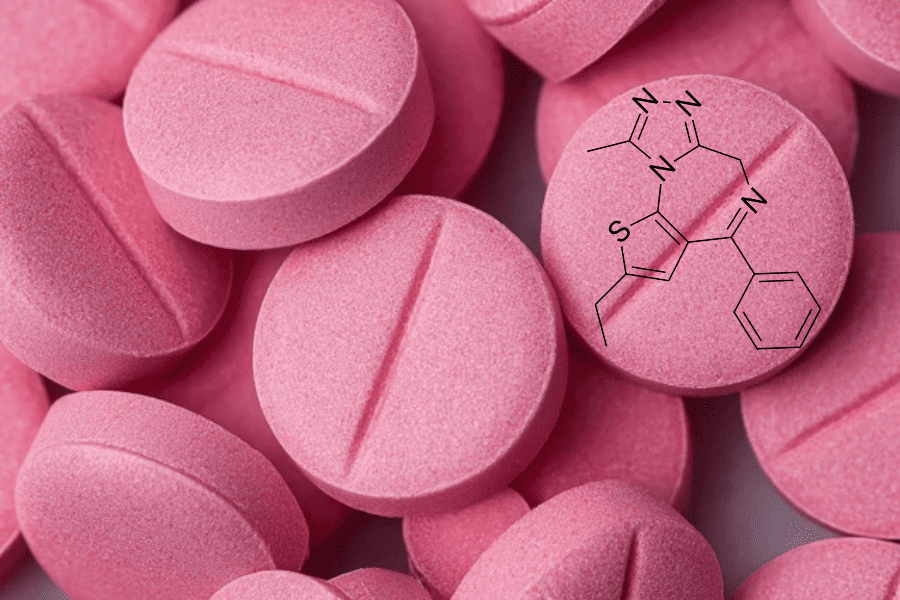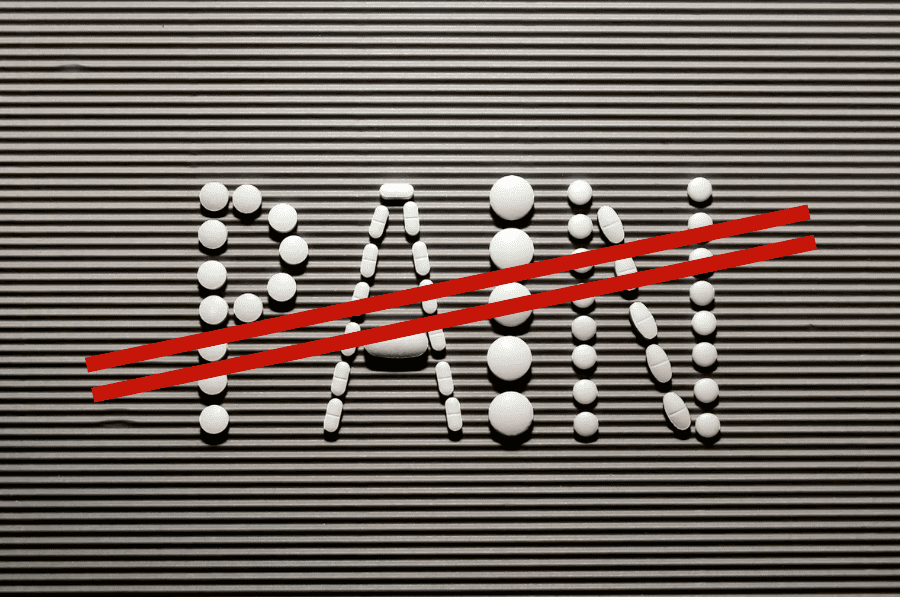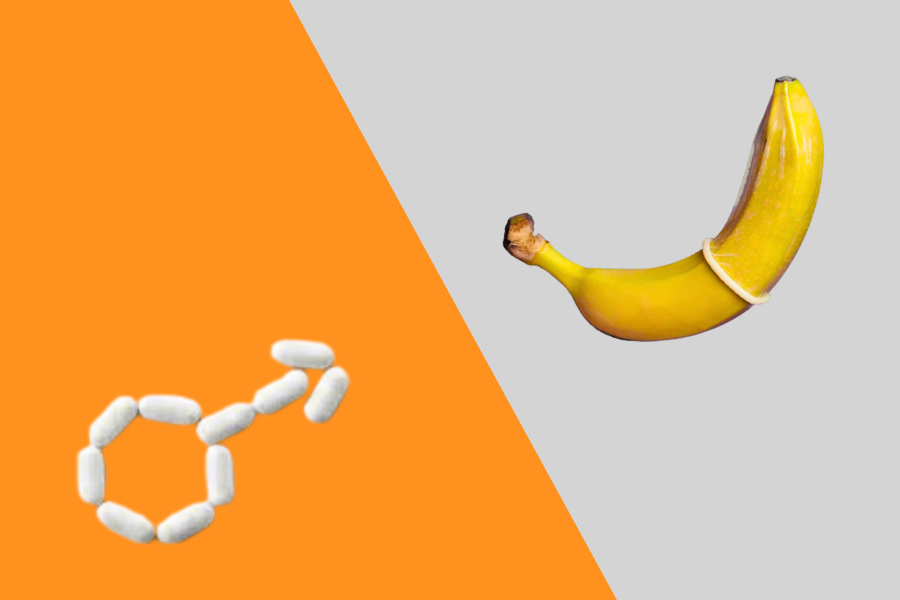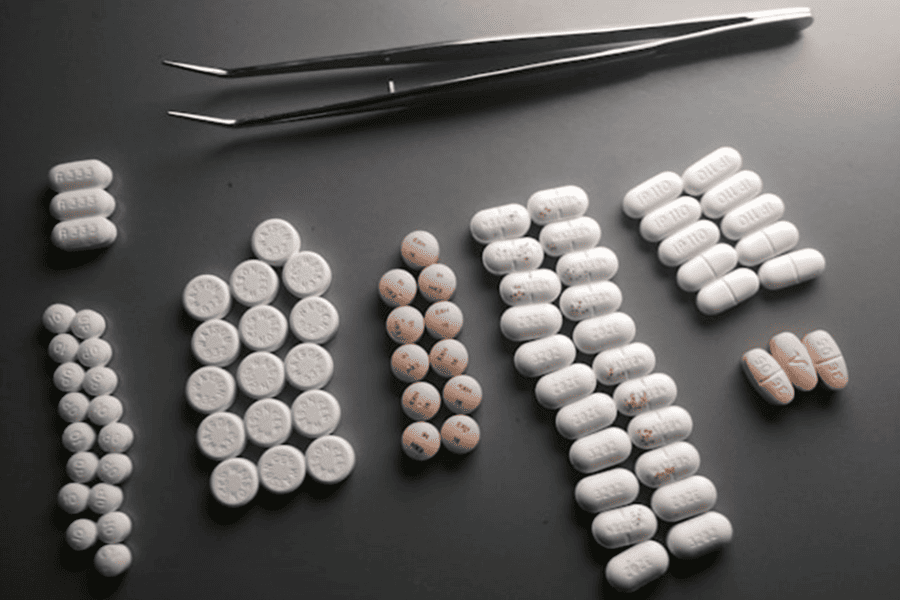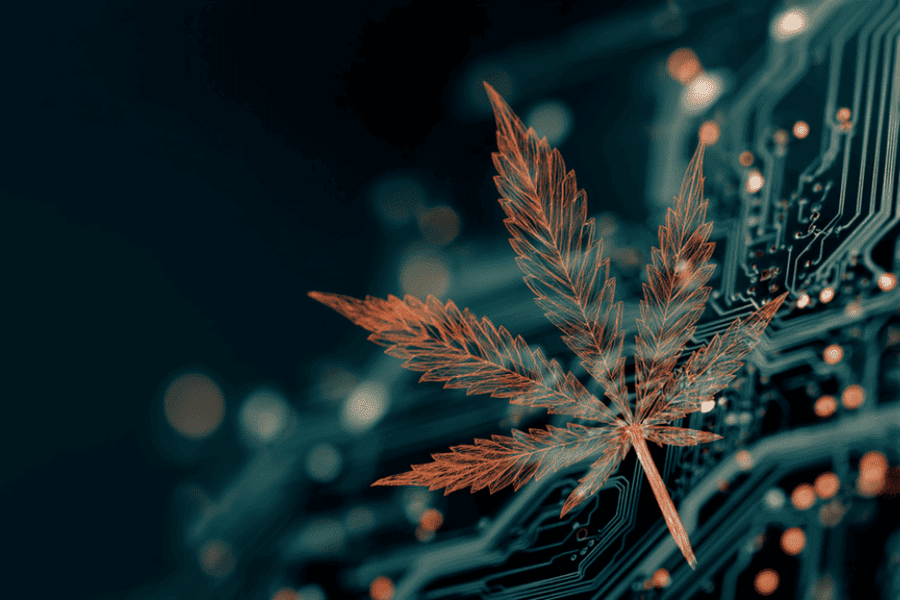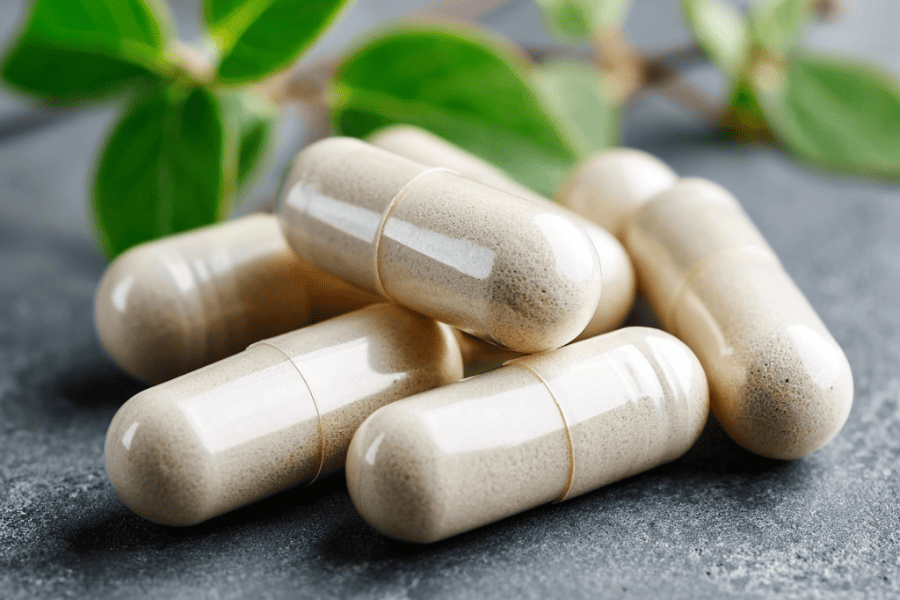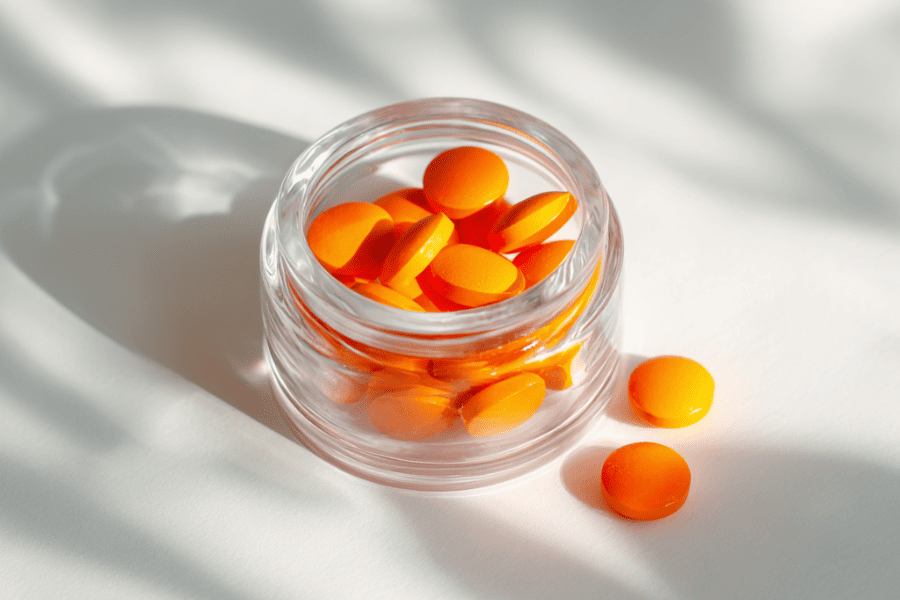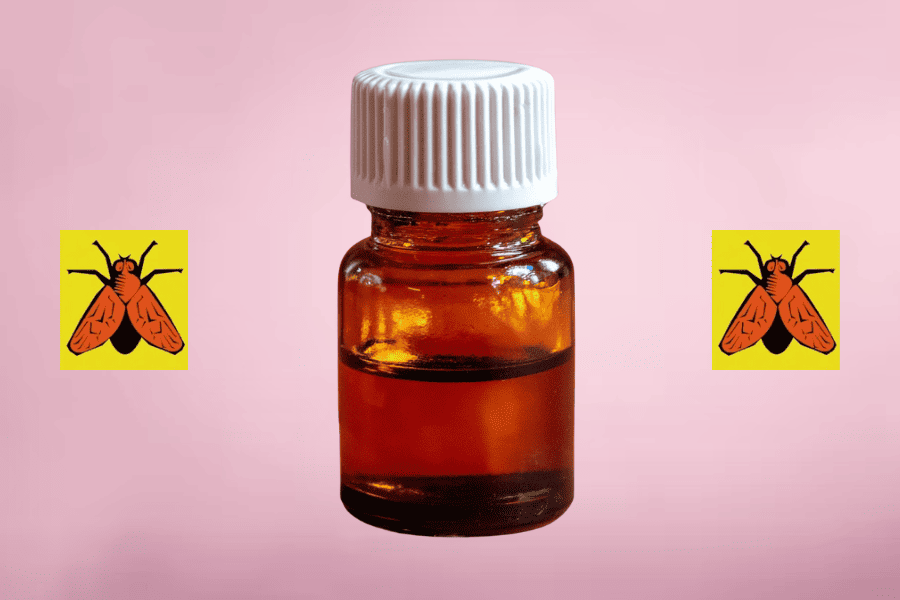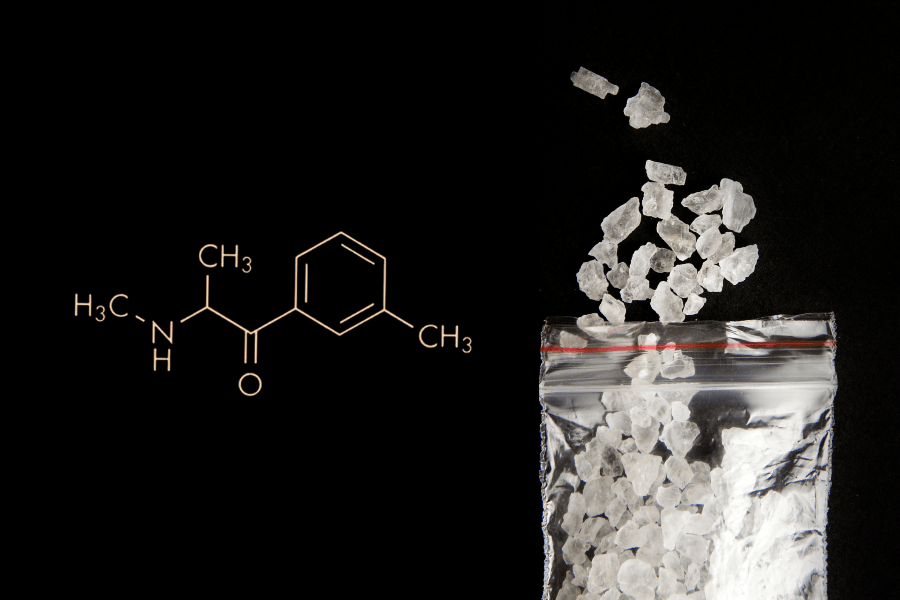Amendment of the Opium Act
- Funcaps
- Blogs about research chemicals
- 7 Feb 2025
- 63views
- Reading time: 3 minutes
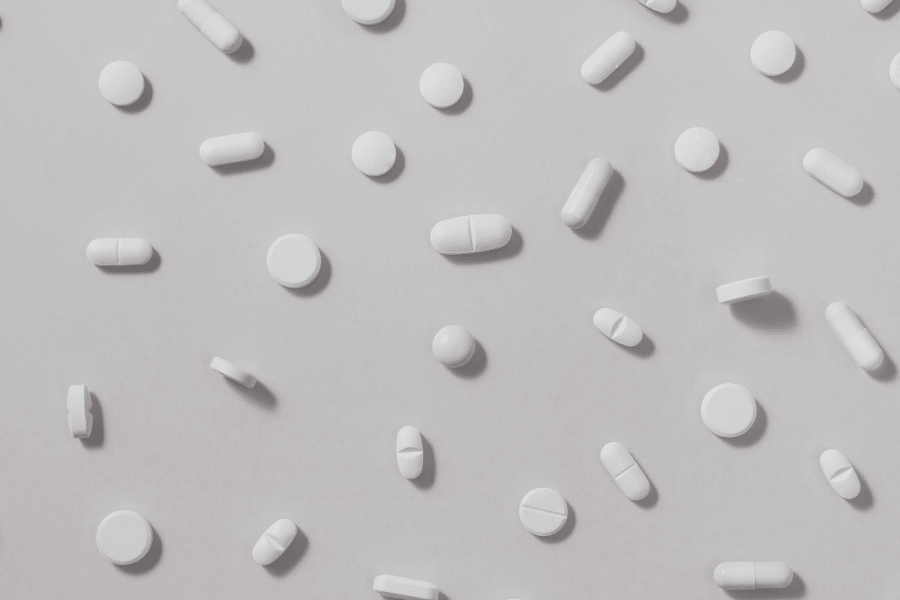
The House of Representatives had already approved the ban on designer drugs, and now the Senate has also voted in favor of the bill. With this new ban, a third list will be added to the Opium Act, namely List IA. This list prohibits the possession, production, and transportation of entire groups of New Psychoactive Substances (NPS), regardless of their specific composition. In this article, we will delve deeper into what the amendment to the Opium Act entails and which groups of research chemicals will be banned.
What soes the amendment to the Opium Act involve?
The amendment to the Opium Act, effective from July 1, 2025, introduces a new list alongside the existing ones. Currently, there are Opium Lists I and II, which classify hard drugs and soft drugs as illegal. The new list, called List IA, will ban three groups of so-called designer drugs at once. These New Psychoactive Substances also pose health risks, as their chemical structure is similar to already banned hard drugs such as MDMA, heroin, and cocaine.
Why was this new bill introduced?
Currently, research chemicals are added to the Opium Act one by one. This makes it easy for producers of New Psychoactive Substances (NPS) to alter just one molecule to create a new, still legal substance. Although these designer drugs carry significant health risks, they are not yet banned.
State Secretary for Youth, Prevention, and Sports, Vincent Karremans, states:
"It is currently too easy for drug producers to create designer drugs that resemble illegal drugs but remain legal due to slightly different chemical compositions."
Such new drugs present similar health risks, such as poisonings and heart palpitations, potentially leading to hospitalizations and addiction problems. With List IA, entire groups of popular substances will be banned at once, regardless of the specific composition of individual substances.
These substances will be illegal as of July 1 2025
The upcoming ban will cover three substance groups:
- Synthetic cannabinoids:
These substances mimic the effects of cannabis, hashish, and similar soft drugs. Examples include Spice, 4F-ADB, and 7-ADD. Dosing these substances is extremely difficult, often resulting in potent, unpredictable effects. This significantly increases the risk of overdose. Additionally, synthetic cannabinoids have a much higher potential for addiction compared to natural cannabis. - Fentanyl-like substances:
Derived from fentanyl, a powerful painkiller, these substances are also used as cheaper drugs in many regions. Fentanyl analogs are just as addictive as fentanyl itself and can easily lead to overdoses due to their potency. These designer drugs have caused major problems, especially in the United States. A well-known example of a fentanyl-like substance is flakka. - MDMA-like substances:
These synthetic cathinones have stimulant effects, increasing energy, euphoria, and social interaction, similar to illegal hard drugs like ecstasy (XTC). Examples include designer drugs such as pentedrone and 2-MMC.
These research chemicals will remain legal
Will all research chemicals become illegal? The answer is no. Some New Psychoactive Substances will still be available after July 1. LSD-like substances, known as lysergamides, and popular benzodiazepines such as bromazolam and gidazepam will remain legal for purchase as research chemicals from suppliers like Funcaps. However, these substances are strictly for research purposes and not for recreational use.
Other substance groups that will remain legal under this category include:
- Arylcyclohexylamines: such as 2F-Ketamine and DMXE
- Opioid Substances: such as O-DSMT
- Cyclopyrrolones: such as Pagoclone
- Tryptamines: such as 4-HO-MET and EPT
- Benzodiazepines, such as bromazolam and pyrazolam
- Nootropics
The introduction of List IA in the Opium Act marks a significant step in the fight against the rapidly evolving designer drug market. By banning entire groups of substances at once, it becomes more challenging for producers to create new variants that circumvent the law.
However, some research chemicals will remain legally available for scientific purposes. It is therefore crucial to stay informed about current legislation and the potential risks associated with these substances.
